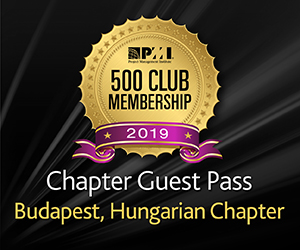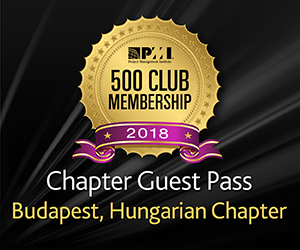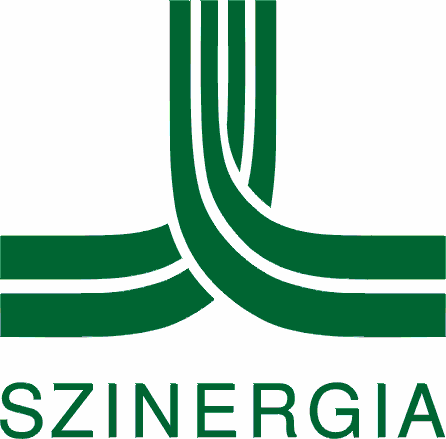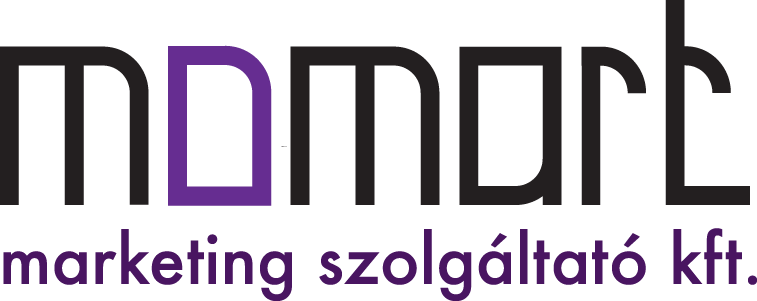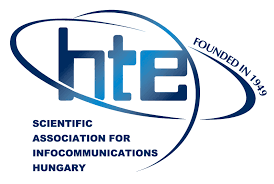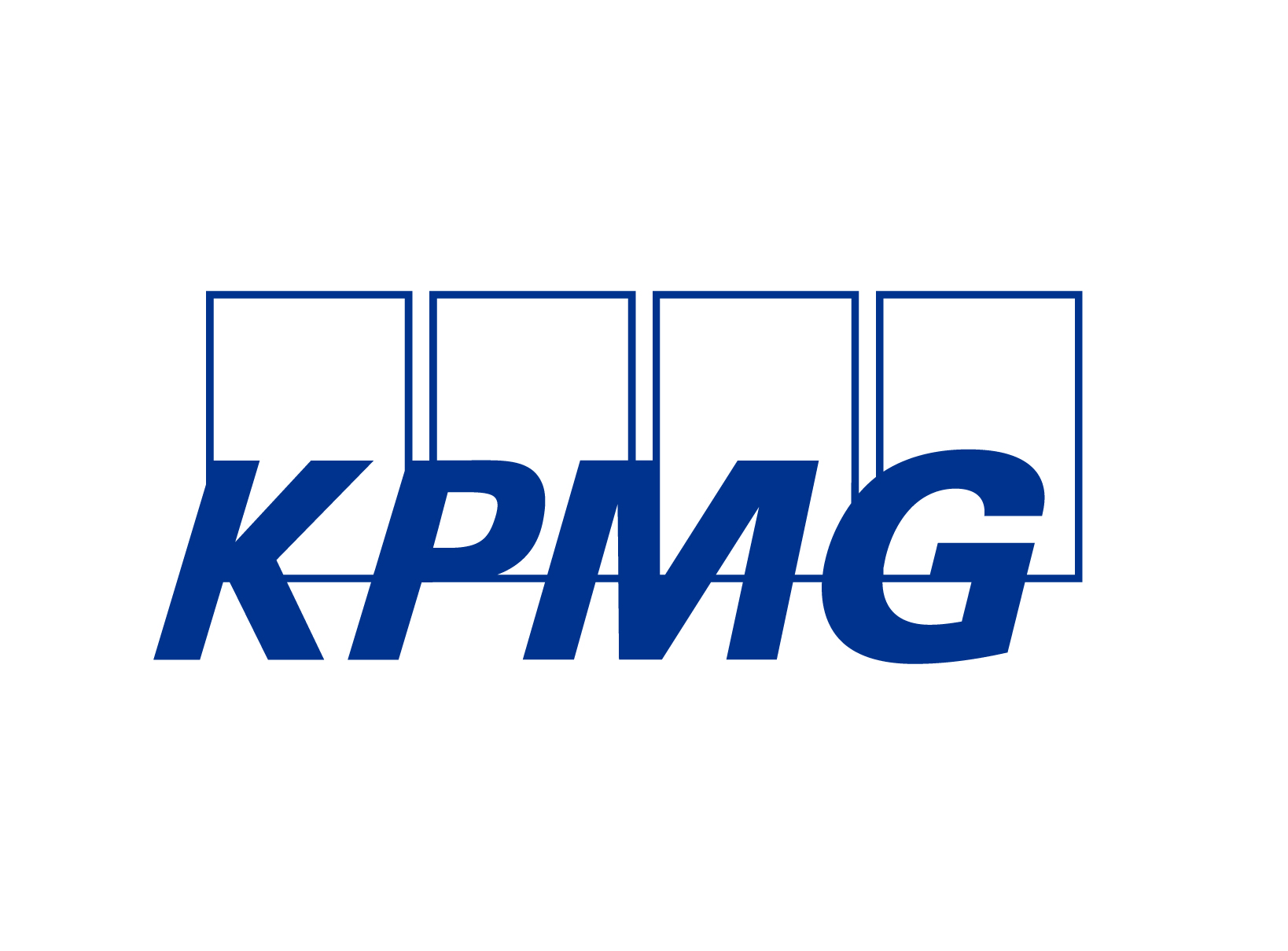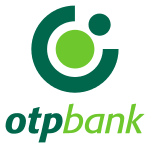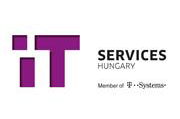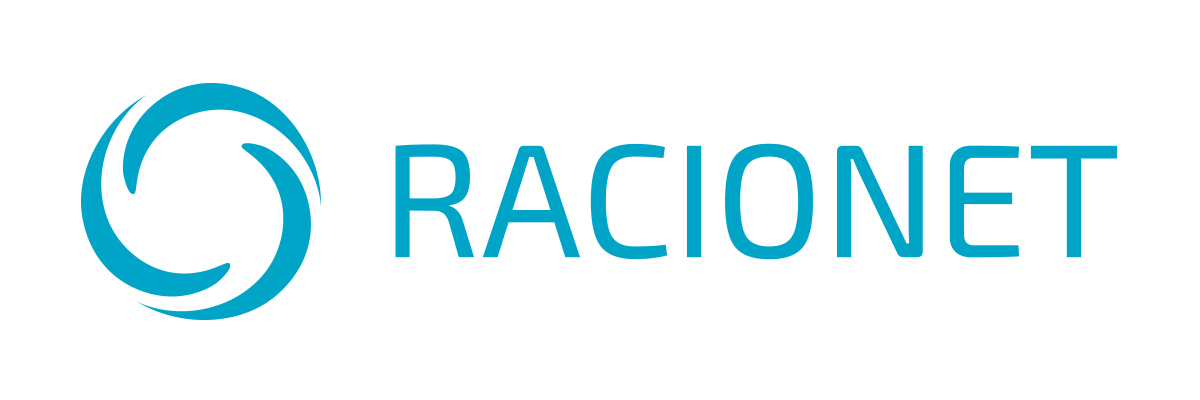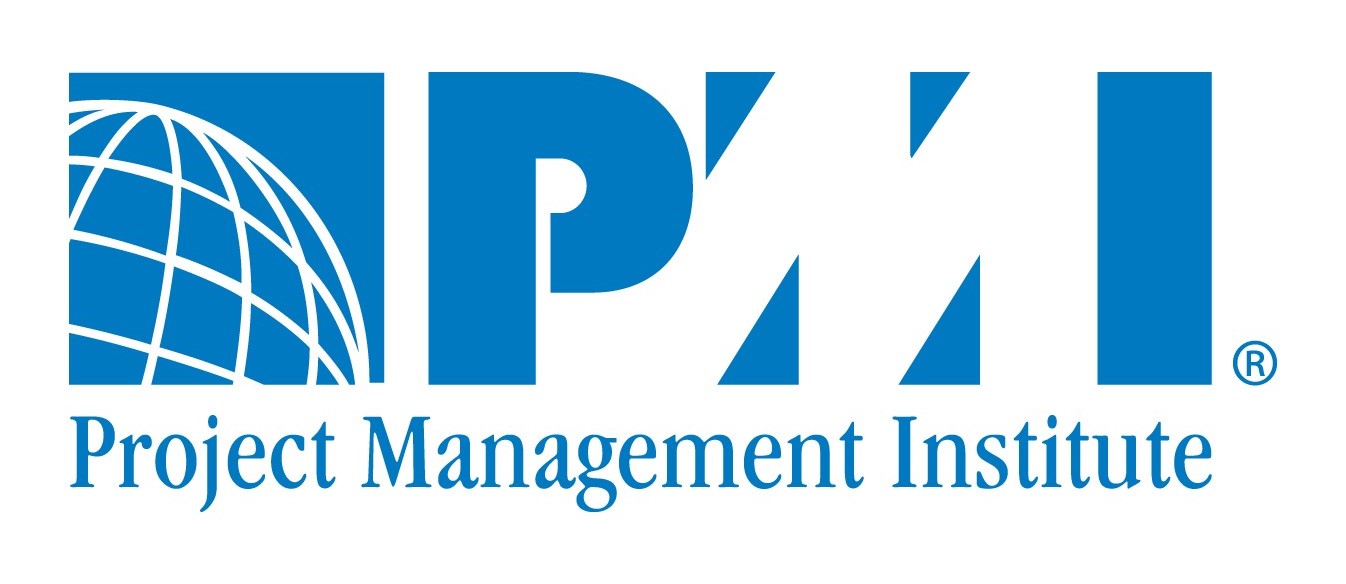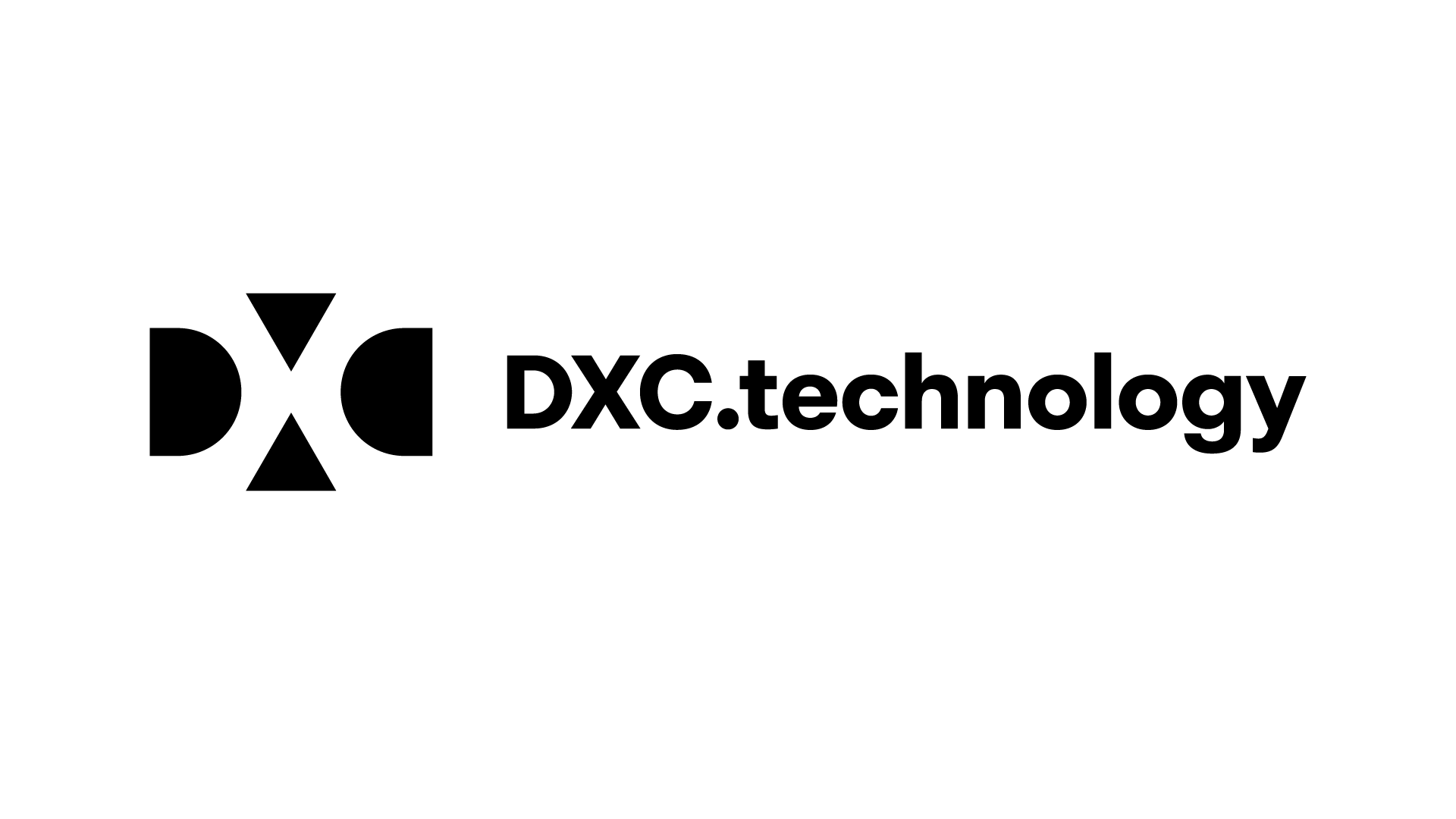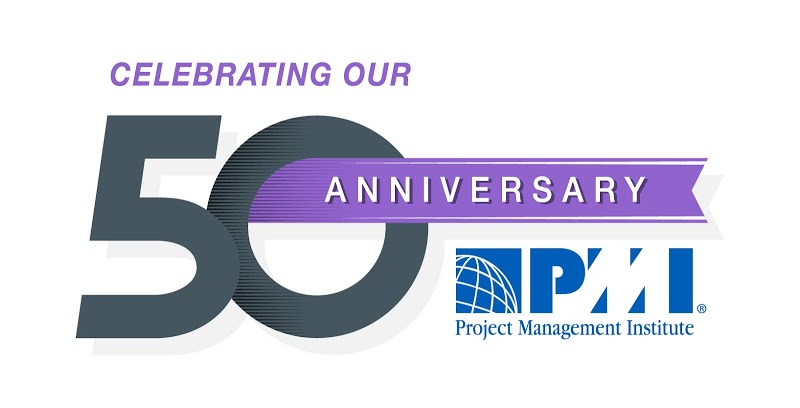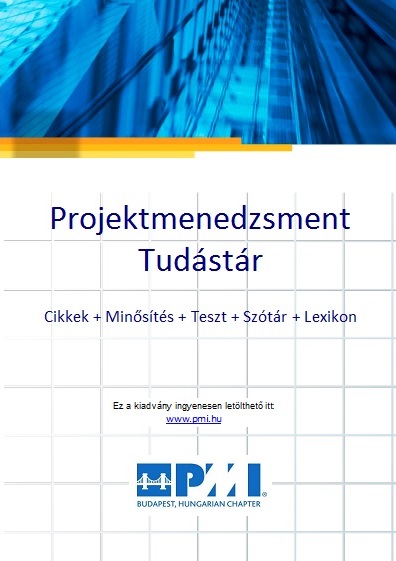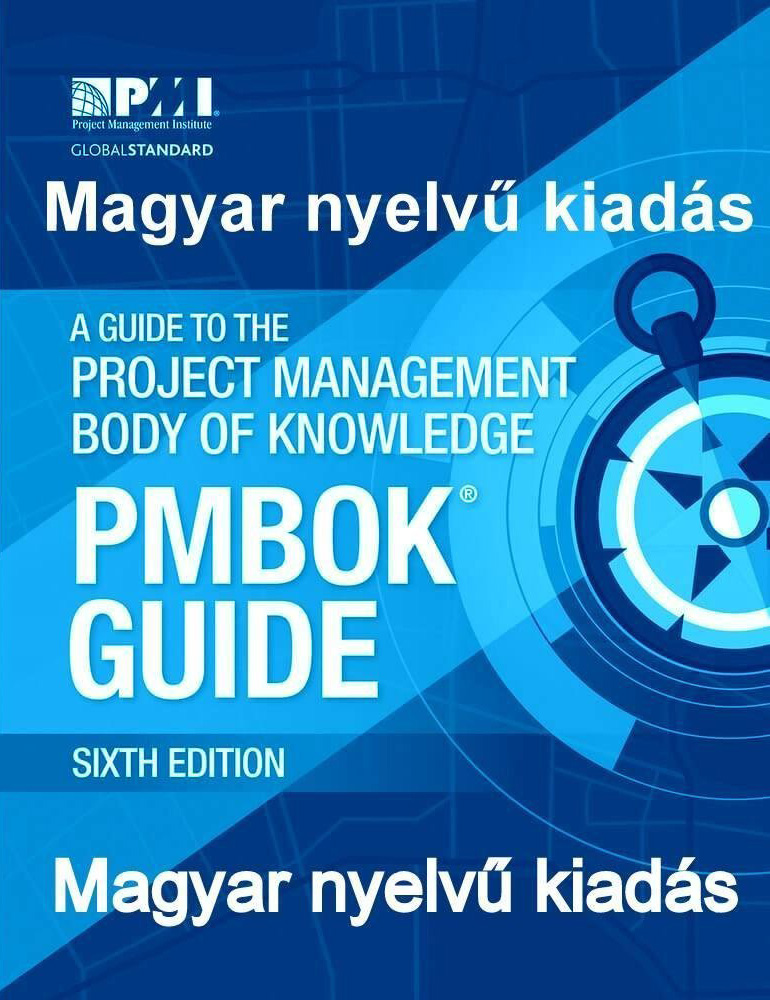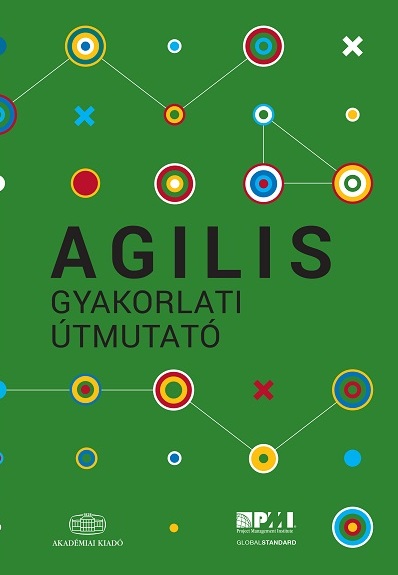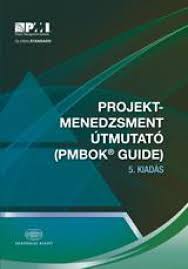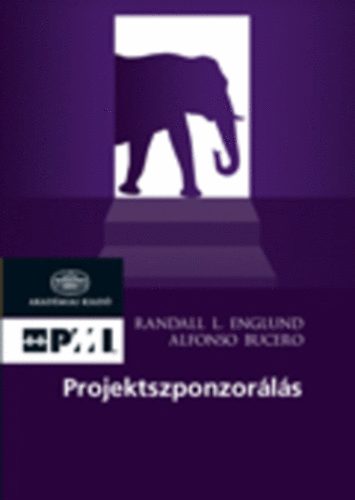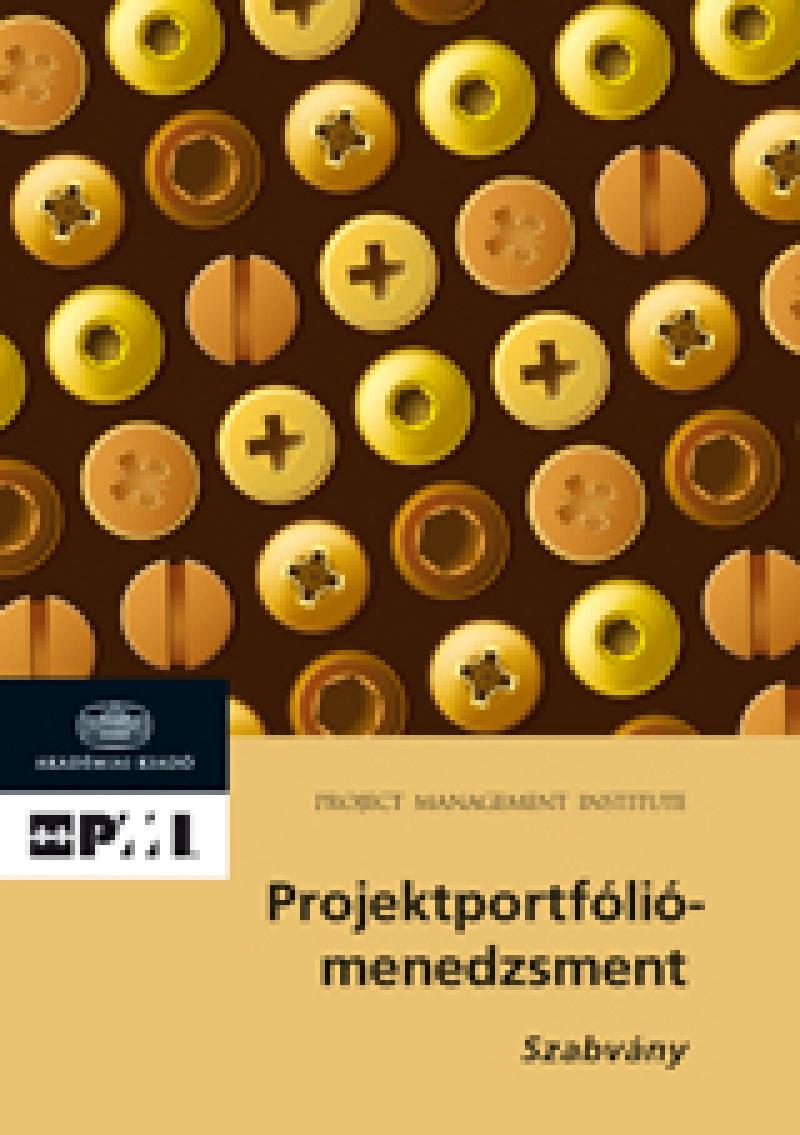PRojects In Controlled Environments (more commonly known as PRINCE2) is the most widely practiced project management methodology, used in over 150 countries.
But what is PRINCE2 and why is it so popular? And more importantly, is it the right approach for your projects? These are tricky questions to answer without sifting through a long list of articles and complicated details, so we’ve saved you some Googling by collecting the essentials of PRINCE2 in one convenient spot.

The 7 Principles of PRINCE2
PRINCE2 is a process-based approach that focuses on organization and control over the entire project, from start to finish. That means projects are thoroughly planned before kickoff, each stage of the process is clearly structured, and all loose ends are neatly tied up after the project ends. The PRINCE2 method is built on these 7 principles:
1. Projects must have business justification. Each project must have a clear need, a defined customer, realistic benefits, and a detailed cost assessment.
2. Teams should learn from every stage. Lessons are sought and recorded at every step in the process, and then used to improve future work.
3. Roles and responsibilities are clearly defined. Everyone should know exactly what they’re responsible for — and what their teammates are responsible for.
4. Work is planned in stages. Projects are broken up into individual work phases, with periodic reviews to record lessons learned and confirm the project is still on track to meet requirements.
5. Project boards “manage by exception.” Since board members are typically senior execs who don’t have time to manage a project’s daily activities, they establish baseline requirements for things like time, cost, risk, and scope, and then delegate daily oversight to the project manager. The project manager has the authority to get the project back on track if it’s running late, going over budget, etc. But if issues arise that will impact the established requirements, that’s an “exception,” and the project board decides the best way to proceed.
6. Teams keep a constant focus on quality. Deliverables are continually checked against requirements through the use of a quality register.
7. The approach is tailored for each project. The PRINCE2 method itself should be adjusted to suit the needs of each project, changing the amount of oversight and planning to fit the size of the project, number of people involved, etc.
You may be wondering: what’s with the 2? The PRINCE methodology was initially developed in the late 1980s to manage IT projects. In 1996, the approach was reviewed and updated by a team of project management specialists and a review panel of 150 public & private organizations to make it more widely applicable to a variety of industries. And thus the new and improved PRINCE2 was born!
The 7 Roles in PRINCE2
There are three principle roles for PRINCE2: the project board, the project manager, and the project team. But there are many supplemental roles that help ensure requirements and standards are met, and that work runs smoothly.
1. The customer is the person paying for the project to be completed.
2. The user will either use the project deliverables or will be impacted by the project’s outcome. (For some projects, the customer and user may be the same person.)
3. The supplier is a subject matter expert who provides the knowledge needed to complete the project by designing or building the end result.
4. The project manager is responsible for organizing, planning and overseeing work on the project. They select and manage the people who complete project tasks, and they’re responsible for making sure work is done correctly and on time.
5.&6. The project team and team manager actually roll up their sleeves and get project tasks done. Team managers oversee the detailed aspects of daily work and report directly to the project manager.
7. The administrator sets up meetings, keeps everyone updated, tracks documentation, etc. On small projects, project managers will often take over this responsibility, but if there are multiple projects running at once, or the project is large/complex, a Project Support Office is typically set up to manage these duties.
One of the three main roles, the project board, includes multiple people: the customer (typically a senior executive), the end user (or a representative), and the supplier. It checks for project assurance from three perspectives:
1. The customer makes sure the project is still viable from a business sense (cost vs. benefit).
2. The user ensures user needs are being met.
3. The supplier checks whether the project is working towards a realistic, practical solution.
On some projects, assurance is done by an unbiased, third-party team.
The 7 Phase Process
The PRINCE2 process is broken up into 7 (surprise!) phases:
1. Starting-up a project
* Someone submits a request for a new project, called the project mandate. The project mandate is very brief, covering only why the project is necessary and what it will ideally accomplish.
* Someone assesses every project mandate to make sure the company is capable of taking on the project.
* If approved, the person who initiated the project then submits a more detailed project brief, which covers the actions, resources, manpower, etc. needed to execute the project.
2. Directing a project
* The project board reviews and evaluates project briefs based on business justification and viability for another round of approval/disapproval.
* The project board decides what it needs to do in order to organize and execute each approved project, and what/how they’re going to delegate to the project manager.
3. Initiating a project
* The project manager creates Project Initiation Documentation, including a comprehensive project plan and baselines for 6 performance targets: time, cost, quality, scope, risk, and benefits.
* Initiation documents are sent to the project board for approval. Once the board is confident in the project plan, they give their approval once again and work begins.
4. Controlling a Stage
* The project manager breaks down the project into smaller “work packages” and passes them off to team managers and teams to complete.
* The project manager oversees the progress of work packages during each stage and steps in to help overcome roadblocks or correct any mistakes, if necessary.
* Team managers coordinate detailed daily work and act as the link between the project manager and individual team members, helping to make sure everything goes according to plan.
5. Managing Product Delivery
* The project manager checks progress against the project brief and makes sure deliverables meet quality expectations.
* The project board evaluates completed work packages, and either approves them or requests revisions/changes.
6. Managing Stage Boundaries
* The project manager and project board review each stage to make sure the project is progressing according to plan and meeting project assurance requirements.
* At each review, the project board decides whether to continue with the next stage or to abandon the project completely.
* Project managers hold a retrospective with the project team to record any lessons learned and improve the next stage.
7. Closing the Project
* When the project is complete, the project manager wraps up and loose threads, including documentation, outcomes, and reporting.
Types of Documentation
Throughout these 7 stages, records are kept so the project stays organized and on track. These records are also used to report to the project board, check deliverables against quality requirements, and improve future work processes.
Business case: Detailed description of why the project is needed and its expected benefits to users, the business, and so on.
Risk register: Lists the probability and potential impacts of risks and opportunities.
Quality register: A running log of quality checks that ensure deliverables meet expectations.
Issues register: A list of problems and concerns from project team members.
Lessons log: Notes on lessons learned to apply to the next work stage and/or future projects.
Daily log: A daily diary written by the project manager that reports daily activity and progress.
Now you know the essentials of PRINCE2!
The original source of this article you can read here.

